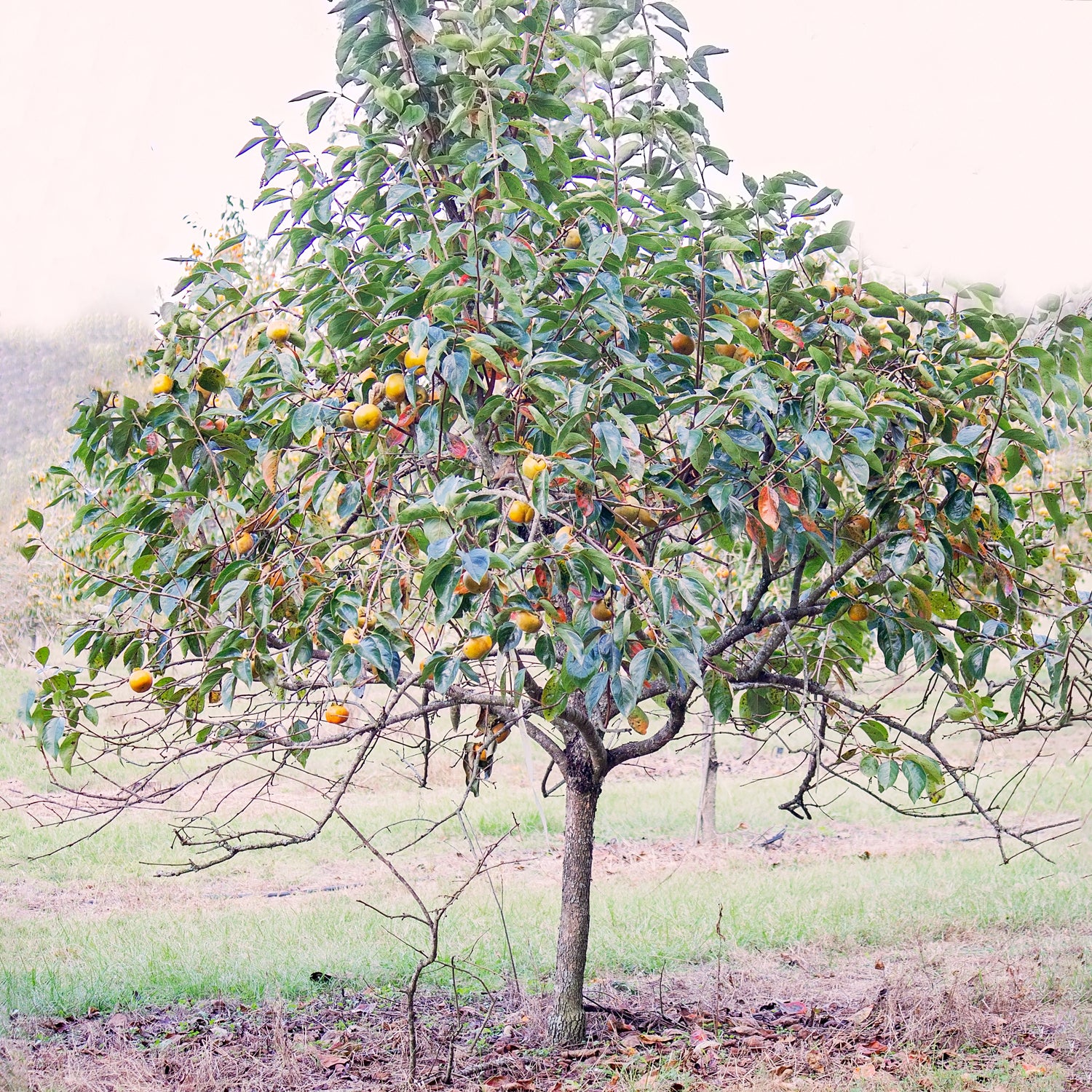1) You must live within the recommended USDA Hardiness Zone (aka Plant Hardiness Zones) and
2) If you are planting a fruit/nut tree, you must determine if your area receives enough annual Chill Hours
For plants to thrive in your landscape you need both.

WHAT ARE PLANT HARDINESS ZONES?
The Plant Hardiness Zones are an approximation of the maximum amount of cold weather a plant can tolerate over winter. The USDA released a new Plant Hardiness Zone chart in February of 2012 that tries to account for how well a particular plant will do when grown in a particular area by averaging out the minimum temperatures across the country into thirteen bands with a 10-degree spread in temperatures. Each zone is further broken up into two zones (the a & b parts). The "A" part of the zone will be the cooler of the two parts.
Keep in mind that no two years are the same weather-wise, and you may get some years that are considerably colder or warmer than average. Especially if you live near the edge of a Plant Hardiness Zone, you'll want to be alert to the need of taking some precautions if some of your plants are near the edge of their range. You may want to consider covering plants during cold snaps or bringing them indoors.

WHAT ARE CHILL HOURS?
Chill Hours (sometimes called Chill Units) are an approximation of how many hours of weather between 32 degrees and 45 degrees (F) a plant requires to properly go dormant so it can wake up and blossom and/or set fruit. Notice, it is not the amount of time the temperature is below freezing. In fact, any time spent below 32 degrees doesn't count towards chill hours. Some plants, like fruit trees and certain flowers, require a minimum number of chill hours to thrive. Reaching the needed chill hours sets off the plant’s internal alarm clock to wake up in the Spring instead of Summer or Fall, so that it can take advantage of the warm weather to blossom, set fruit, and finish the seed cycle before the coming of another winter's nap.
Botanists are constantly working on creating new varieties of plants that have different Chill Hour requirements. In recent years, apple varieties have been developed that let folks safely grow apples as far south as Florida and Texas. In fact, Israeli research has resulted in the Apple Ein Shemer variety that needs only approximately 300 chill hours, making it a very good choice for Southern gardeners who can finally get good apples to grow as far south as Zone 9.
HOW TO FIND MY CHILL HOURS
There are a number of ways to calculate Chill Hours, and all of them are an approximation, so you want to make sure any variety of fruit you're planting fits within the range your area gets annually. If you pick the wrong variety of fruit tree for your area, you may be disappointed because if the tree doesn't get the needed Chill Hours, it may never flower or set fruit. Your county Extension Agent can advise you about Chill Hour averages.
• If you are in Florida or Georgia you can use this calculator provided by AgroClimate.
• All other areas will need to use this map to determine your Extension Agent and subsequently contact them for your area's chill hours
• A quick google search with your State and the term "Chill Hours" may also return the information you are seeking
OTHER TIPS FOR Selecting plants
All Plant Me Green trees and shrubs will have their recommended USDA Hardiness Zones and Chill Hour requirements listed on the product page. Please see images below for reference on where to find the information for each product listing on our site.
As always, you should take advantage of the services of your county's Extension Agent, who will be able to give you information about plant hardiness and chill hours for your area. They also provide recommendations on fruit trees and other plants that do well near you and will offer soil tests if needed.







